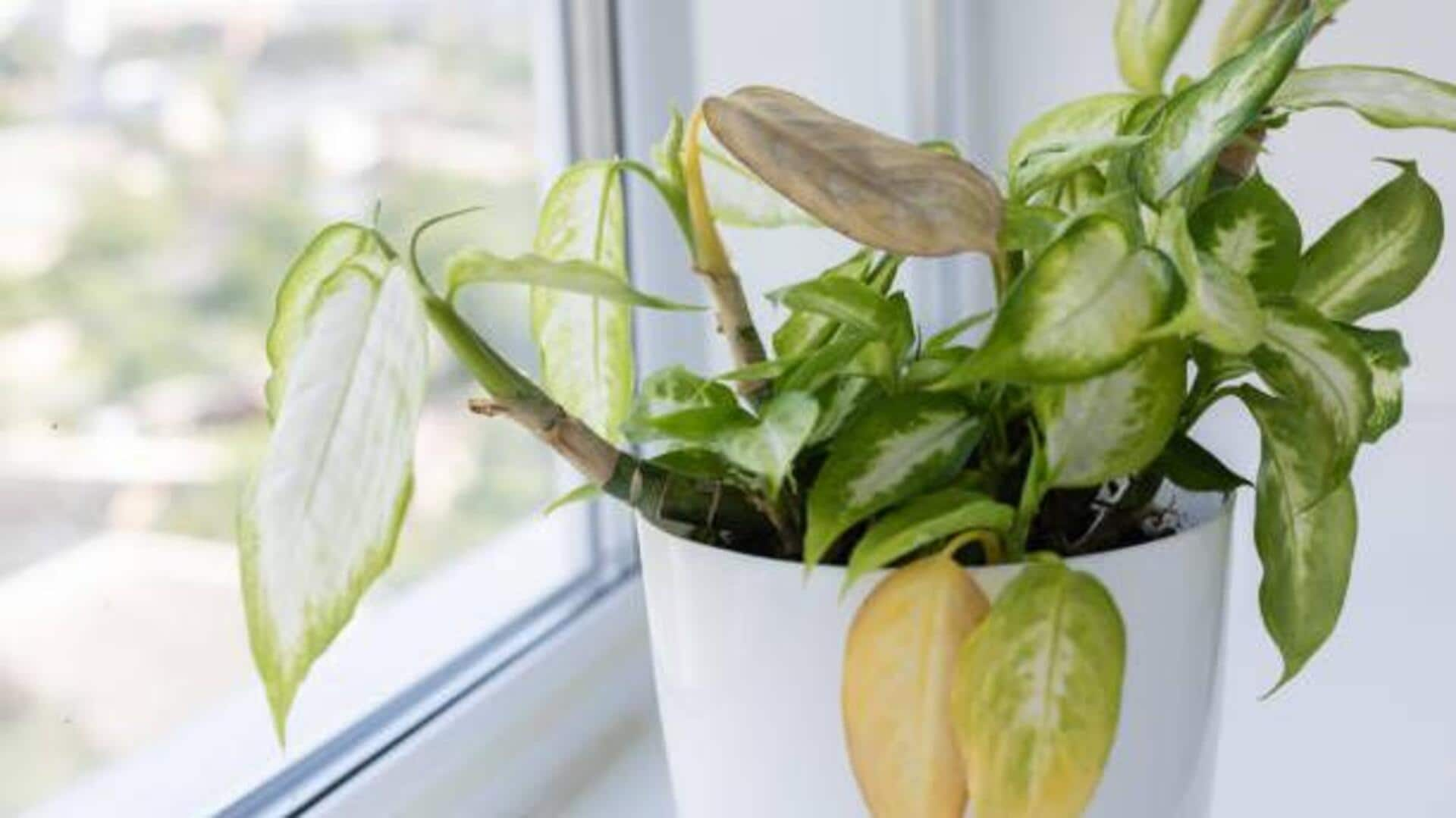
How to care for indoor foliage plants
What's the story
Indoor foliage plants add vibrancy and life to any space, but you can't deny maintaining their color can be a challenge. Understanding the needs of these plants is the key to keeping them healthy and colorful. From light to water and nutrients, everything plays a significant role in making sure your indoor plants remain vibrant. Here's how you can help your foliage thrive indoors without losing its natural beauty.
Tip 1
Provide adequate light
Light is crucial for photosynthesis, which directly impacts the color of foliage plants. Make sure your indoor plants receive adequate light by placing them near windows or using artificial grow lights, if required. Different plants have different light requirements; some flourish in bright, indirect sunlight while others do better in low-light conditions. Tinkering with the light exposure according to each plant's needs will keep them colorful.
Tip 2
Water wisely
Proper watering is the key to keeping the indoor foliage plants healthy and colorful. Either over or under watering can lead to discoloration or wilting leaves. It is essential to know the exact water requirement of each plant species you own. Generally, let the top inch of soil dry out before watering again, making sure excess water drains away to avoid root rot.
Tip 3
Use quality soil and fertilizers
The right soil mix gives foliage plants the nutrients they need to grow healthy and colorful. Opt for a well-draining potting mix that is meant for indoor use, usually containing peat moss or perlite for aeration. Further, fertilize your plants with a balanced liquid fertilizer every four to six weeks during their growing season to provide them with essential nutrients without overfeeding.
Tip 4
Control humidity levels
Humidity is important to keep your leaves colorful and plants alive indoors. Most tropical foliage plants prefer humidity levels higher than those found indoors. To increase humidity around your plants, try using a humidifier or placing a tray filled with water near them so evaporation raises moisture levels naturally.
Tip 5
Regularly prune dead leaves
Pruning not only keeps a plant looking nice but also healthy. Dead leaves can become host to pests or diseases that spread to other areas of the plant over time, if not addressed indoors (where airflow isn't as good as outdoors). It encourages healthier growth overall when done regularly, according to individual circumstances, tweaked as necessary to achieve desired results.